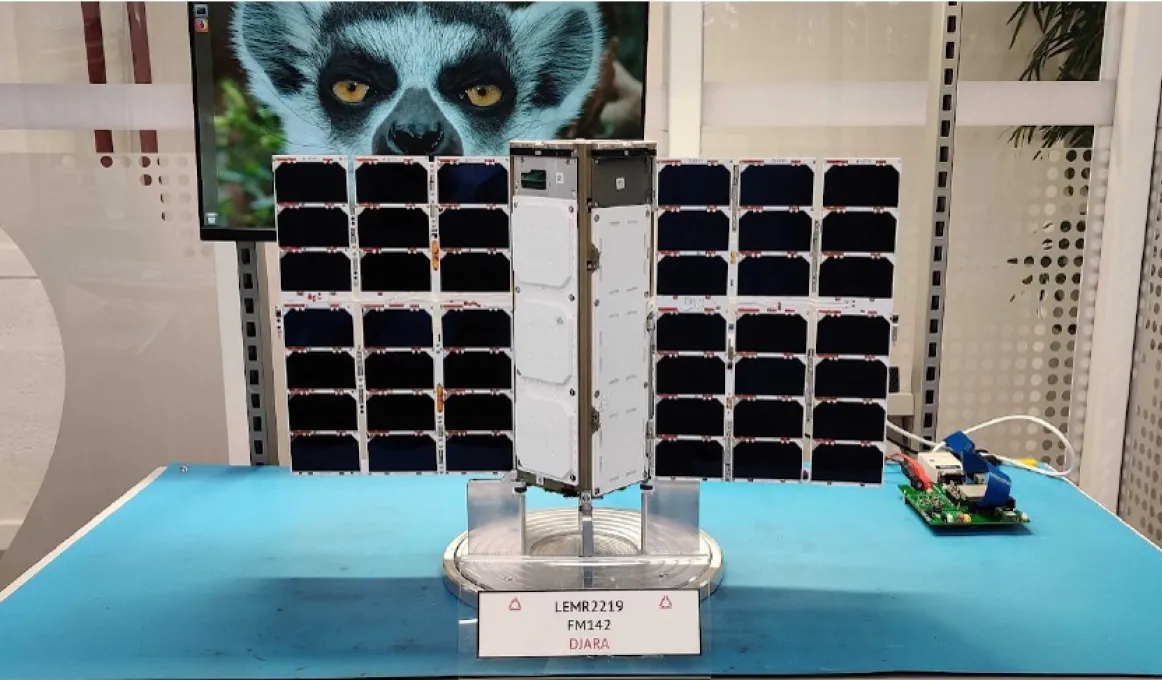Australia’s recently launched satellite is named Djara or ‘stars’ in the Ngunnawal language

Djara (Ngunnawal for ‘stars’) is Australia’s latest satellite and it will orbit above Australia for the next 12 months.
Australia recently launched a new satellite on 3 October 2020 from Wallops Island, Virginia in the USA as part of Australia’s National Intelligence Community (NIC) Satellite program (NICSAT).
In tribute and homage to the Ngunnawal people of southern NSW and the ACT, it is named Djara, meaning ‘stars’ in the Ngunnawal language.
Astronauts aboard the International Space Station (ISS) collected Djara from the expendable cargo rocket that was resupplying the station and deployed it into orbit.
For the next 12 months, this Low Earth Multi-Use Receiver (LEMUR) satellite will be used in data experiments designed to explore future possibilities of commercially available small, smart satellite systems.
Djara is the first satellite launched as part of NICSAT, with another satellite expected to deploy in 2021. This second satellite will help to test different commercial space capabilities.
Find out more
The Office of National Intelligence partnered with Spire Global to develop Djara.